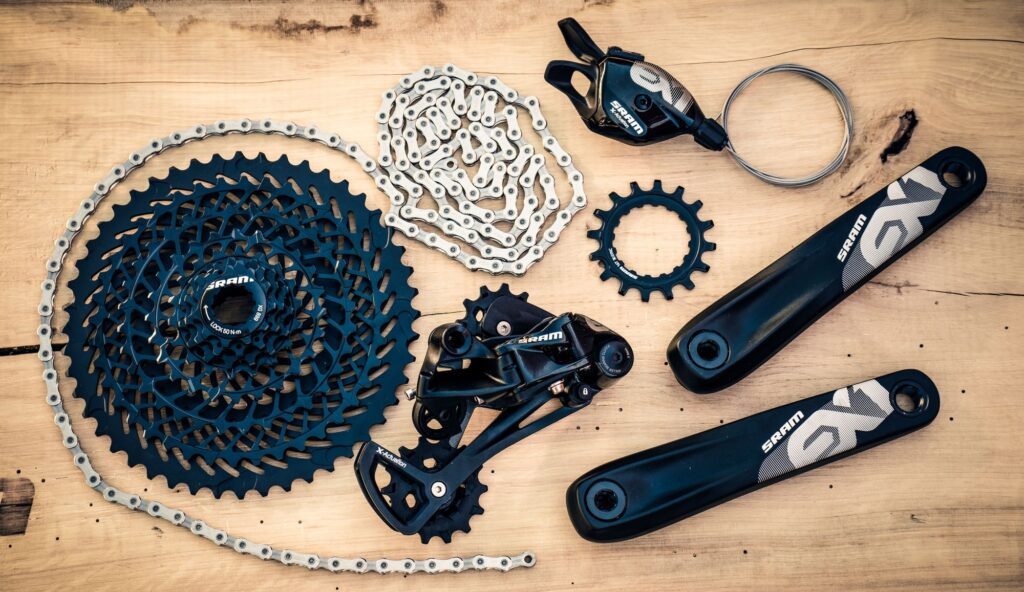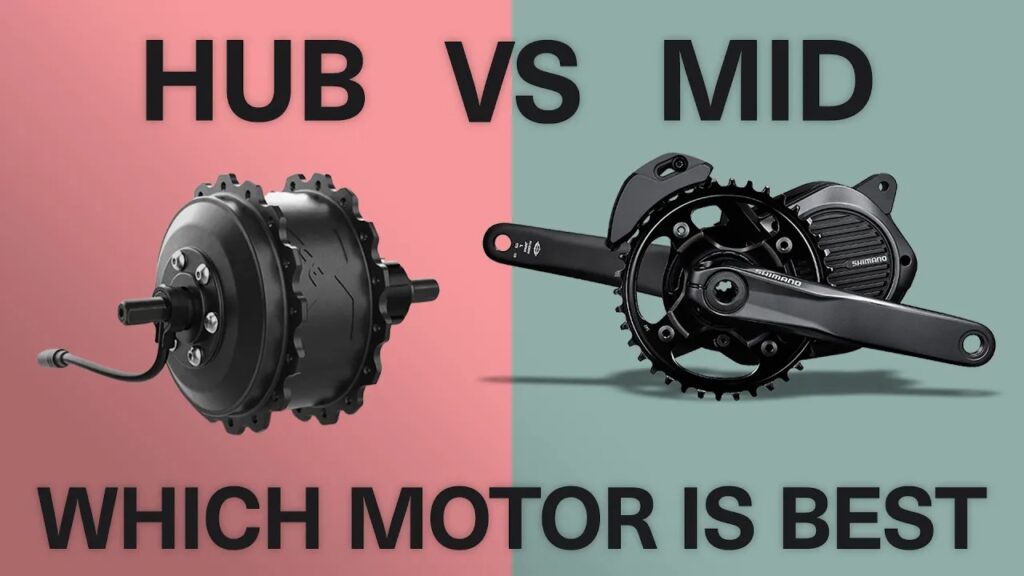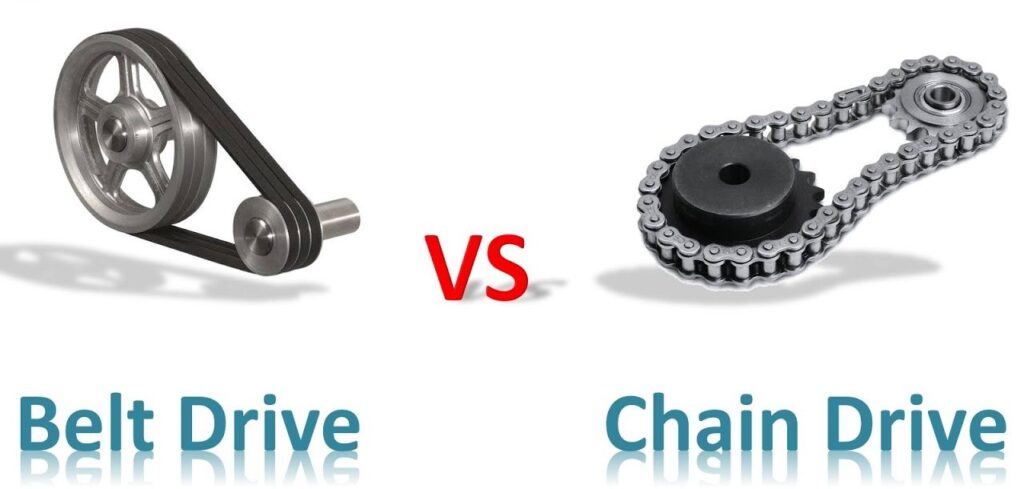If you’re just getting into the exciting world of electric bikes, you might feel a bit overwhelmed by all the technical terms. One of the most essential parts to understand is the e-bike drivetrain. It’s more than just a bunch of gears—it’s the system that connects your pedaling and motor power to the wheels, turning energy into motion.
Whether you’re commuting to the office, exploring local nature trails, or zipping through city streets, the right drivetrain can make a huge difference. The best e-bike drivetrain setup can boost your efficiency, enhance your performance, and even extend your battery range.
In this beginner-friendly guide, we’ll unpack everything you need to know about drivetrains in a clear and approachable way. You’ll learn how each part works, explore the available options, and discover how to choose the best system for your riding goals.
Table of Contents
Table of Contents
What Is an E-Bike Drivetrain?

The e-bike drivetrain is the system of components that moves your bike forward. It transfers power from both your legs and the motor to the wheels. A typical drivetrain includes:
- Crankset (the arms and pedals you push with your feet)
- Chain or belt
- Cassette or internal gear hub (where the gears live)
- Derailleur (if your bike uses external gears)
- Motor (usually located in the crank or wheel hub)
Think of it like your car’s transmission system—it determines how efficiently power is delivered. The type and quality of drivetrain can affect how smooth your ride feels, how easy it is to climb hills, and how well the motor works with your pedaling.
Types of E-Bike Drivetrain Setups
There are several e-bike transmission options, each with its own strengths and limitations. Let’s break down the most common types so you can decide what works best for your rides.

1. Mid-Drive Drivetrain
In a mid-drive setup, the motor is located in the middle of the bike, near the pedals. It uses the same drivetrain as your legs, powering the crankset and working with your bike’s gears.
Pros:
- Excellent for climbing hills and navigating tough terrain
- Provides a more natural pedaling feel
- Balanced weight distribution improves control
Cons:
- Generally more expensive
- Increased wear on chains and cassettes due to motor torque
- Requires more frequent maintenance
Mid-drive systems are popular in high-performance or mountain e-bikes. They’re great for riders tackling steep inclines or going off-road.
2. Hub Motor Drivetrain
Hub motors are located in the center of either the front or rear wheel. They drive the wheel directly, bypassing the bike’s drivetrain.
Pros:
- Simpler and more affordable
- Quiet operation with fewer moving parts
- Low maintenance—ideal for city commuters
Cons:
- Lower torque and less efficient on hills
- Imbalanced weight can affect handling
- Limited gear integration
Mid-drive vs. hub motor drivetrain is a popular comparison among e-bike riders. Choose mid-drive for hills and performance. Opt for a hub motor if you’re riding on flat, smooth terrain.
Chain vs. Belt Drive
Once you’ve chosen a motor type, consider how power gets from your pedals to the wheel. This is where chain and belt drives come in.

- Belt drives, often made of carbon fiber, are clean (no grease!), nearly silent, and very durable. However, they require specific frame designs and are more expensive.
- Chain drives are the most common. They’re cost-effective, compatible with most gear systems, and parts are easy to replace.
If you prioritize quiet rides and low maintenance, a belt drive paired with an internal gear hub could be the perfect setup.
Derailleur vs. Internal Gear Hub
Your gear choice also impacts how smooth and efficient your ride is. There are two main types:
- Derailleur systems use external gears and a chain that shifts across sprockets. They’re lightweight, offer a broad gear range, and excel in variable terrain.
- Internal gear hubs (IGHs) house the gears within the rear hub. They’re cleaner, require less maintenance, and are ideal for city riding—but tend to be heavier and pricier.
Choose derailleur systems for sporty or adventurous rides. Opt for internal gear hubs for low-maintenance urban commuting.
Popular Performance Drivetrains to Know
Here are two of the most respected systems in electric bicycle components, known for combining cutting-edge motor technology with reliable drivetrain options.
Shimano STEPS
Shimano’s STEPS line features mid-drive motors with smooth, intuitive pedal assist. They support both manual and automatic shifting and are compatible with derailleur and internal gear systems. Great for riders seeking versatility and comfort.
Bosch E-Bike Systems
Bosch motors are known for high torque, advanced sensors, and excellent battery integration. Models like the Performance Line CX are ideal for trail riders, while the Active Line suits commuters. Bosch systems often come with smart displays and app connectivity.
Both brands excel in motor and drivetrain integration, offering top-tier e-bike gear ratio efficiency.
How to Choose the Best E-Bike Drivetrain Setup
Finding the best e-bike drivetrain setup depends on how and where you plan to ride. Here’s a quick guide:
- Commuters: Look for mid-drive motors with belt drives and internal gear hubs. They offer clean, low-maintenance, and smooth operation.
- Trail Riders: Choose a mid-drive motor with a derailleur system for climbing power and precise gear shifting.
- Casual Riders: A rear hub motor with a simple chain drive offers ease of use and affordability.
Consider the pedal assist system too:
- Torque sensors offer a more natural feel by adjusting assistance based on how hard you pedal.
- Cadence sensors provide consistent help based on whether you’re pedaling, not how hard.
E-Bike Gear System & Efficiency Tips
An efficient e-bike gear system can save battery life and improve ride quality. Here are a few helpful habits:
- Use low gears for starts and climbing hills
- Switch to high gears for flat, steady cruising
- Anticipate terrain changes and shift beforehand
- Ease up on pressure when shifting to protect components
These habits boost your e-bike gear ratio efficiency and extend the life of your drivetrain.
e-bike drivetrain Maintenance Tips

Proper maintenance is key to keeping your drivetrain—and your whole bike—running smoothly.
- Clean and lubricate the chain regularly, especially after rain
- Check for proper chain or belt tension and alignment
- Inspect parts for wear and replace them as needed
- Keep sensors and motor areas free of dirt
- Ensure gear shifting is smooth and responsive
Consistent care extends the life of your electric bicycle components and ensures a better riding experience.
Final Thoughts
Understanding the e-bike drivetrain helps you make smarter choices when buying, riding, and maintaining your electric bike. Whether you’re after better efficiency, performance, or a smoother commute, the drivetrain you select plays a central role.
From mid-drive motors and hub systems, to belt drives and gear hubs, you now know what contributes to a great performance e-bike drivetrain.
Choose the setup that fits your terrain, goals, and budget. And remember—good maintenance and smart riding habits go a long way.
Still unsure which drivetrain is right for you? Drop us a comment or question—we’re here to help you ride smarter and get the most out of your e-bike!








